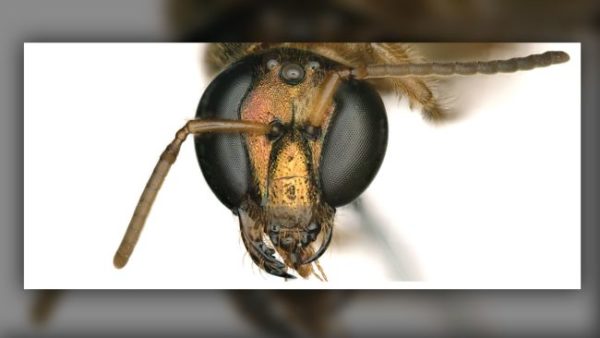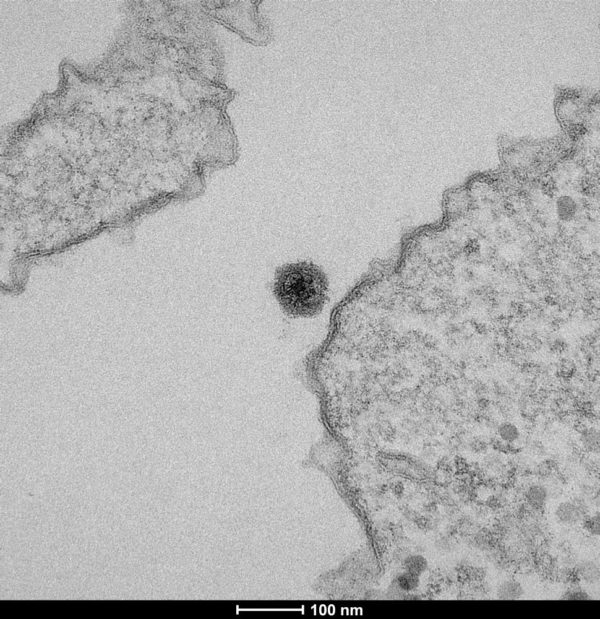Mystery of the Stone Balls Solved
For nearly 2 million years, ancient humans crafted stones into hand-size balls, but archaeologists were unsure why. Now they know: Ancient people used them as tools to get at the tasty marrow within animal bones, a new study finds. In other words, if a bone were a can of soup, these ancient stone balls were like ancient can openers. The finding is a remarkable one; archaeologists have wondered for decades exactly how ancient humans used these stone balls. “Our study provided evidence, for the first time, regarding the function of these enigmatic-shaped stone balls that were produced by humans for … Read more












